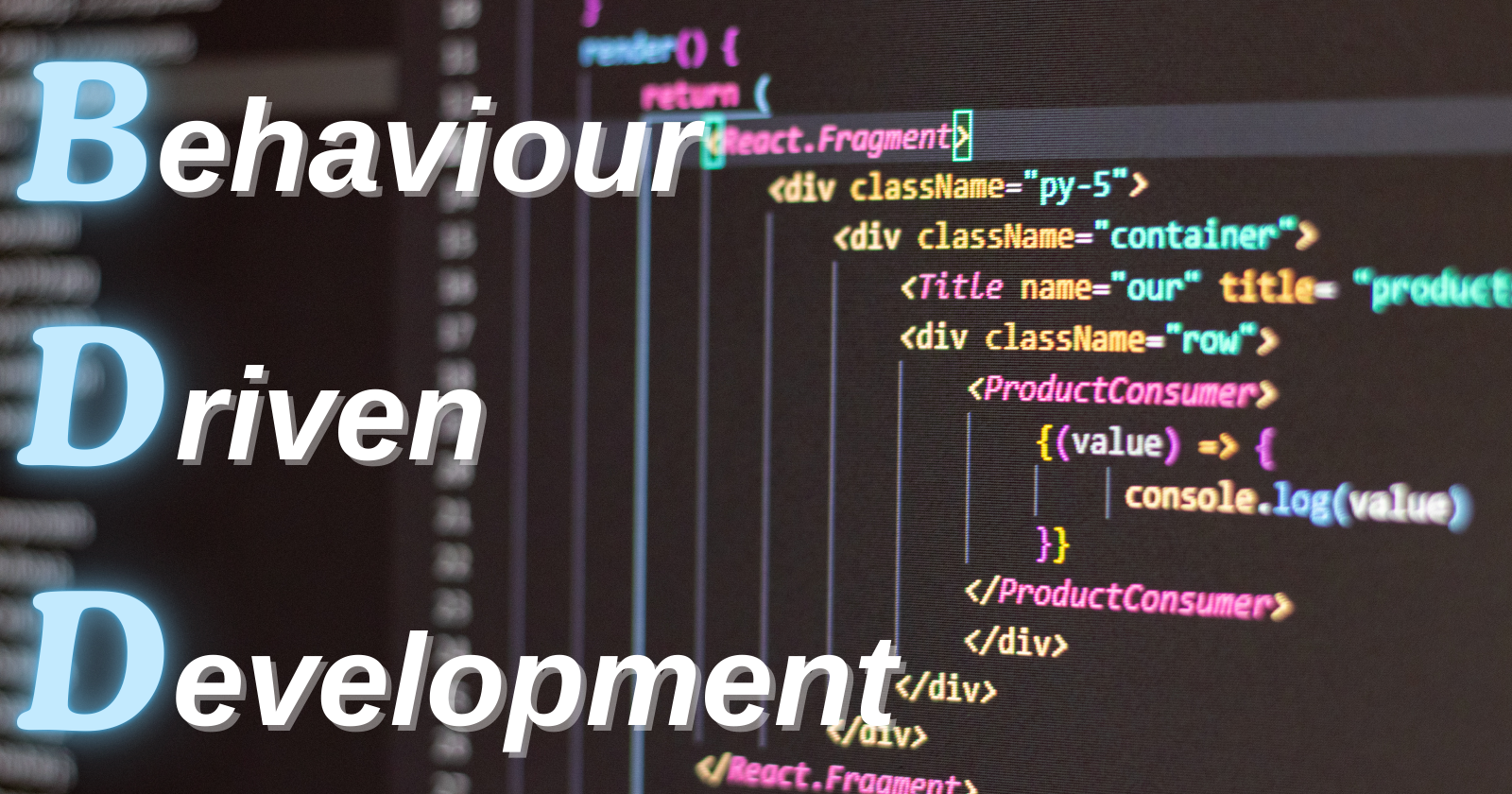Behaviour-Driven Development (BDD)
 Sandeep Choudhary
Sandeep Choudhary
Behaviour-Driven Development (BDD) is a software development process that emerged from Test-Driven Development (TDD). BDD promotes collaboration among developers, testers, and non-technical stakeholders through clear and understandable requirements. The main goal of BDD is to improve communication between team members and ensure that the software meets the needs of the business.
Why BDD?
BDD is a powerful approach to software development that stands out for several key reasons:
1. Enhanced Collaboration
BDD fosters better communication and collaboration among developers, testers, and non-technical stakeholders. By using a common language and writing requirements in a format that everyone can understand, it bridges the gap between technical and non-technical team members.
2. Clear Requirements
BDD focuses on defining clear and precise requirements. By writing scenarios in a given-when-then format, the team can ensure that everyone has a shared understanding of the desired behaviour of the system. This clarity reduces ambiguities and misunderstandings, leading to more accurate and effective development.
3. Early Issue Detection
By involving stakeholders in the requirements-gathering process and writing executable specifications, BDD helps identify potential issues early in the development cycle. This proactive approach can save time and resources by catching problems before they escalate.
4. Living Documentation
BDD scenarios act as living documentation that is always up-to-date with the current state of the system. This documentation is valuable for new team members, stakeholders, and future development efforts, as it provides a clear and accurate reference.
5. Improved Quality
With BDD, tests are written from the user's perspective, ensuring that the software meets the actual needs of the business. This focus on user behaviour leads to higher quality software that delivers real value to users.
6. Test Automation
BDD scenarios can be automated, integrating seamlessly into continuous integration and delivery pipelines. Automated BDD tests provide rapid feedback on code changes, helping maintain a stable and reliable system throughout development.
7. Reduced Rework
By ensuring that requirements are well-understood and documented, BDD minimises the chances of rework. When everyone is on the same page, the development process becomes more efficient and less prone to costly mistakes.
8. Focus on Behaviour
BDD emphasises the behaviuor of the system rather than the implementation details. This shift in focus ensures that the software aligns with the business goals and delivers the intended outcomes.
In essence, BDD is all about communication, clarity, and quality. By bringing everyone together and focusing on the behaviour that matters, it helps teams build better software more efficiently.
BDD step by step
Implementing Behaviour-Driven Development (BDD) involves several steps that guide the development process, ensuring that the software meets the needs of the business and users. Here's a breakdown of the steps:
1. Understanding Requirements
The first step is to gather and understand the requirements from stakeholders. This involves discussions and meetings with business analysts, product owners, and other stakeholders to identify the desired behaviour of the system.
2. Writing Scenarios
Once the requirements are clear, the next step is to write scenarios that describe the expected behaviour of the system. These scenarios are written in a given-when-then format using Gherkin syntax. Each scenario should be clear and concise, focusing on a specific aspect of the system's behaviour.
3. Reviewing and Refining Scenarios
Scenarios should be reviewed and refined in collaboration with all team members, including developers, testers, and non-technical stakeholders. This ensures that everyone has a shared understanding of the requirements and that the scenarios accurately reflect the desired behaviour.
4. Automating Scenarios
The next step is to automate the scenarios using a BDD tool such as Cucumber, SpecFlow, or JBehave. These tools parse the Gherkin scenarios and map them to corresponding code that executes the steps defined in the scenarios.
5. Implementing the Code
With the scenarios automated, developers implement the code to make the scenarios pass. This involves writing the necessary functionality and ensuring that the system behaves as expected according to the scenarios.
6. Running Tests
The automated BDD tests are then run as part of the continuous integration (CI) pipeline. This provides immediate feedback on the impact of code changes and helps to identify any issues early in the development process.
7. Maintaining Living Documentation
As the development progresses, the BDD scenarios serve as living documentation that is always up-to-date with the current state of the system. This documentation provides a valuable reference for new team members and stakeholders, ensuring that the requirements are always clear and accurate.
8. Iterating and Improving
Finally, the BDD process is iterative. As new requirements emerge and the system evolves, new scenarios are written, automated, and implemented. Continuous collaboration and communication among team members help to refine and improve the development process over time.
By following these steps, teams can ensure that their software meets the needs of the business and users, while maintaining a clear and effective development process. Each step involves collaboration and communication among team members to ensure that the software meets the business needs and delivers value to users.
Subscribe to my newsletter
Read articles from Sandeep Choudhary directly inside your inbox. Subscribe to the newsletter, and don't miss out.
Written by
